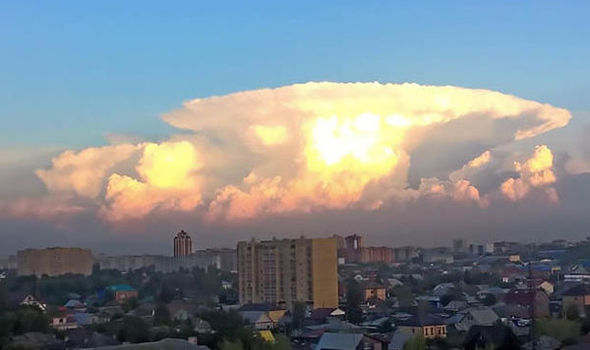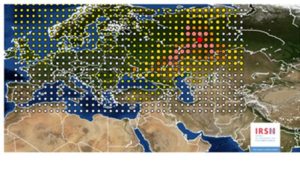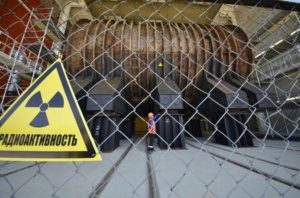Scientists Think There May Have Been Another Nuclear Accident in Russia : A Well Thought Out Scream by James Riordan

Scientists in France, Germany, Austria and Switzerland believe there may have been another nuclear accident in Russia. Organizations in those countries detected traces of ruthenium 106 in a cloud that passed over Europe this past week. Ruthenium occurs when atoms are split in a nuclear reactor. The radioactive nuclide does not occur naturally.
France’s nuclear regulation department technical ASN said that their safety branch, IRSN, detected Ruthenium and, while they could not be sure of where it originated, the most likely area, based upon weather patterns is somewhere between the Ural mountains and the Volga river. This would indicate the release occurred in Russia or possibly Kazakhstan.
The traces were picked up in three of the IRSN’s forty monitoring stations. While French officials note there has been no impact on the environment or human health, the cloud was definitely not a normal occurrence. While any nuclear accident is cause for alarm the probability of the radiation getting into France’s agricultural produces, most notably mushrooms, is very low.
 Measurement from European stations showed high levels of ruthenium 106 in the atmosphere of the majority of European countries, at the beginning of October, with a steady decrease from Oct. 6 onwards. France picked up traces of the pollution in monitoring stations of Seyne-sur-Mer, Nice and Ajaccio from September 27 to October 13, and has not detected anything since.
Measurement from European stations showed high levels of ruthenium 106 in the atmosphere of the majority of European countries, at the beginning of October, with a steady decrease from Oct. 6 onwards. France picked up traces of the pollution in monitoring stations of Seyne-sur-Mer, Nice and Ajaccio from September 27 to October 13, and has not detected anything since.
Jean-Christophe Gariel, director for health at the IRSN, said that, according to “the data at our disposal, no ruthenium 106 was detected in the UK”.
Duncan Cox, leader of Public Health England’s radiation emergency response group, said: “Radiation monitors at our sites in Oxfordshire and Glasgow have been checked since September when this substance was reported by other European radiation monitoring institutes, and we have not detected any unusual sources of radiation.”
 French scientists theorize that the ruthenium 106 was released at a nuclear fuel treatment site or centre for radioactive medicine. Ruthenium 106 is used in nuclear medicine, such as cancer therapy for eye tumors because of its short half life of about a year. The IRSN ruled out an accident in a nuclear reactor and initially thought the radioactive material might have come from a satellite equipped with a thermo-generator containing ruthenium that disintegrated in the atmosphere. “But we don’t think this is the case,” said Mr Gariel as an IAEA investigation has concluded that no ruthenium-containing satellite has fallen back on earth during this period.
French scientists theorize that the ruthenium 106 was released at a nuclear fuel treatment site or centre for radioactive medicine. Ruthenium 106 is used in nuclear medicine, such as cancer therapy for eye tumors because of its short half life of about a year. The IRSN ruled out an accident in a nuclear reactor and initially thought the radioactive material might have come from a satellite equipped with a thermo-generator containing ruthenium that disintegrated in the atmosphere. “But we don’t think this is the case,” said Mr Gariel as an IAEA investigation has concluded that no ruthenium-containing satellite has fallen back on earth during this period.
“Russian authorities have said they are not aware of an accident on their territory,” IRSN director Jean-Marc Peres told Reuters. He added that the institute had not yet been in contact with authorities in Kazakhstan.
At the source of the leak, the quantity of ruthenium 106 released was between 100 and 300 teraBecquerels, which is considered a large amount. The scientists went on to say that if an accident of this magnitude had happened in France it would have required the evacuation or sheltering of people in a radius of “a few kilometers around the accident site”.





No Comment